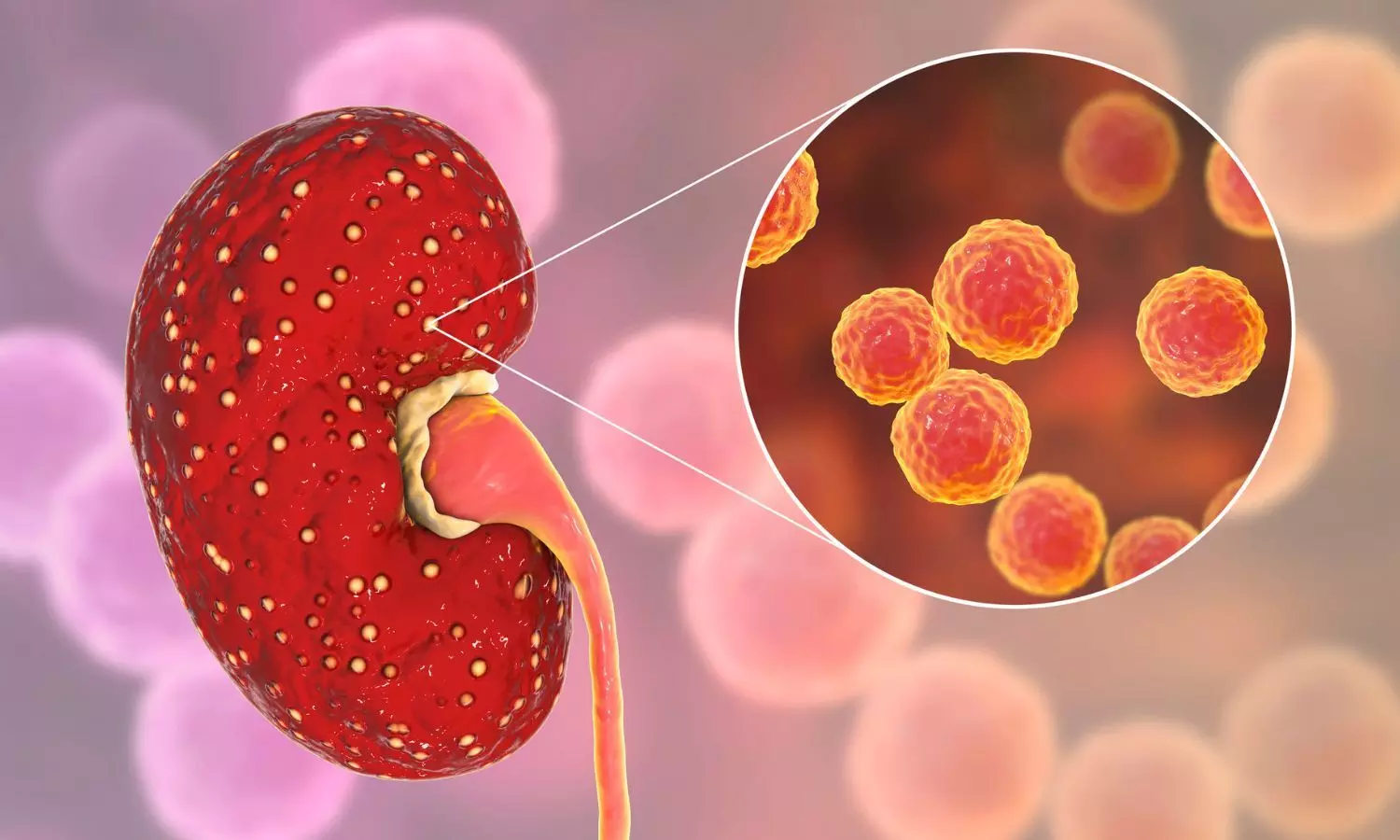Cirrhosis patients undergoing contrast-enhanced CT not at higher risk of incident AKI compared to controls, finds study

Intravenous iodinated contrast media (ICM) in cirrhosis patients may cause nephrotoxicity, but research is limited and based on small, heterogeneous studies.
According to a recent study published in the Journal of Hepatology, researchers concluded that The risk of acute kidney injury (AKI) following contrast-enhanced computed tomography (CECT) in patients with cirrhosis is relatively low and comparable to that of both the general population and cirrhotic individuals who have not been exposed to intravenous iodinated contrast media (ICM). AKI incidents in these cases are typically mild and resolve quickly without causing tubular kidney damage. It appears that only patients with active infections are at a greater risk for AKI.
This study evaluated AKI incidence and risk factors in cirrhosis patients who undergo CECT. A prospective, multicenter study was conducted, including 444 inpatients, 148 with cirrhosis (cohort 1), 163 without cirrhosis (cohort 3) undergoing CECT and 133 with cirrhosis (cohort 2) who did not receive ICM. Kidney function parameters were measured at T0, 48-72 h (T1), 5 and 7 days after CECT/enrollment. U-NGAL or Urinary neutrophil gelatinase-associated lipocalin was measured as an early biomarker of tubular damage. in 50 consecutive patients from cohort 1 and 50 from cohort 2
Key findings from the study are:
• The incidence of AKI was not significantly increased in cirrhosis patients undergoing CECT. The recorded percentages for cohorts 1,2 and 3 were 4.8%, 1.5%, and 2.5%, respectively.
• Most cases of AKI were mild and temporary.
• Concomitant infections was the only predictive factor of contrast-induced AKI, with an odds ratio of 22.18
• No significant changes in the U-NGAL between T0 and T1 were detected,
This research study emphasized that the risk of acute kidney injury (AKI) in individuals with cirrhosis after receiving intravenous iodinated contrast media was relatively low and not significantly different from that of the general non-cirrhotic population. The majority of cases involved mild and rapidly resolving episodes of renal dysfunction, and administration of iodinated contrast media was not linked to subclinical tubular kidney injury. Conversely, active infections were the sole independent predictor of contrast-induced AKI.
Reference:
Campion, D. et al. A prospective, multicenter, three-cohort study evaluating contrast-induced acute kidney injury (CI-AKI) in patients with cirrhosis. Journal of Hepatology.
Facebook Comments
